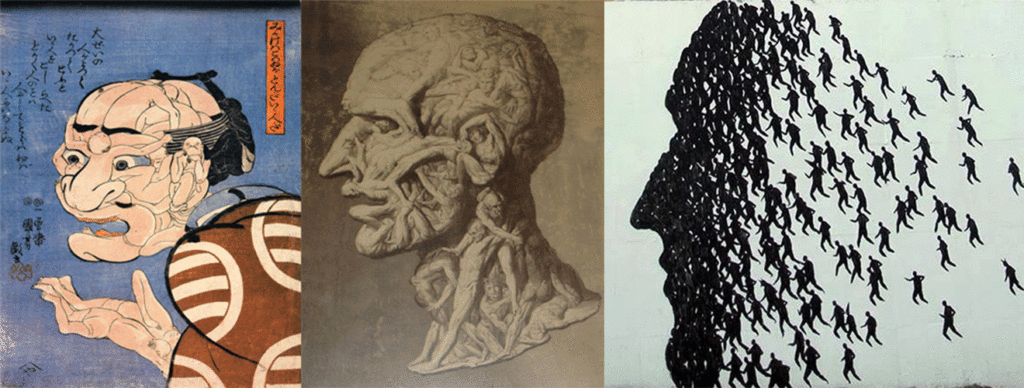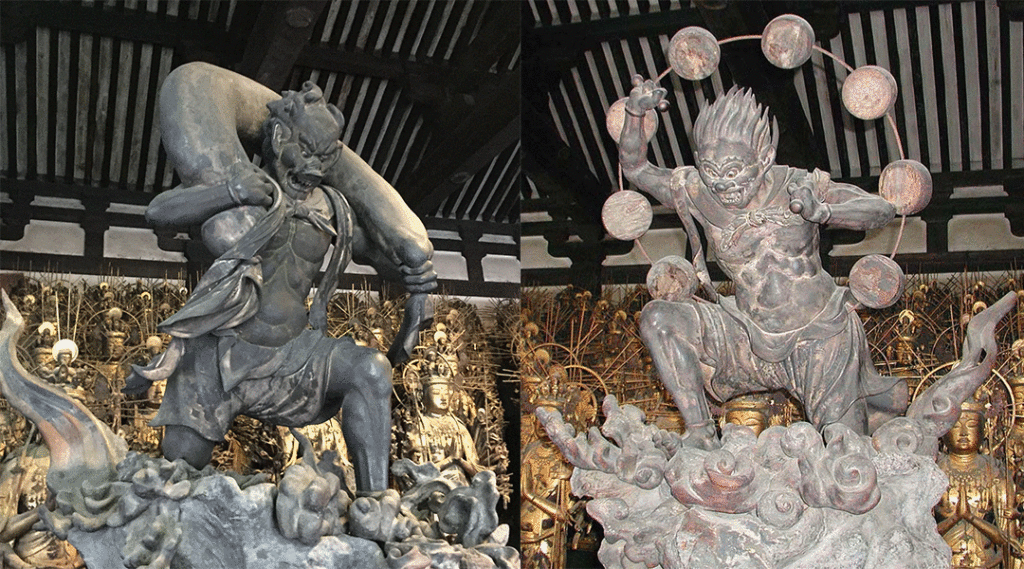The author describes how the ancient I Ching, the book of changes, uses the symbols of darkness and light, yin and yang, to describe awakening.
Symbols of Enlightenment
The sun, responsible for the light in our solar system is, simply put, a huge ball of fire. Fire creates light in the world, while the absence of fire results in darkness. The creation of light is a chemical process in which raw material is transformed through fire. This process is used to symbolize the process of enlightenment. Psychological raw material is transformed through the inner light of self-awareness.
In the path of revolution “the sun of the self is truth.” The sun is an image of illumination, understanding; truth means sincerity. If one does not illuminate, one cannot be sincere.
Liu Yiming, Hexagram #49 Revolution, The Taoist I Ching
The I Ching, one of the oldest classical Chinese texts, is considered by most to be a book on ancient divination. The meaning of I Ching is ‘Book of Changes’—the changes of yin and yang.
Yin and Yang – From Multiplicity to Unity
Portrayed by a broken line, yin indicates multiplicity, while yang is represented by an unbroken line —, referring to unity. Yin and yang have multiple meanings,depending on the context, but if one looks at the Chinese characters, yin 陰 and yang 陽 from the point of view of awakening, the most important meaning becomes clear. The right part of the character for yin 陰— 侌 is made up of 今 above, meaning ‘now’ or ‘present’, while 云, below, means ‘cloud.’ Many esoteric traditions use this metaphor to symbolize that the light of the ‘original spirit,’ or self-awareness, is obscured by thoughts going round in one’s mind.
A passing cloud darkens the sun; a thought of resentment darkens the mind.
Evagrios Ponticus, The Philokalia
The right part of the character for yang 陽—昜 contains 日,‘the sun’ above, and 勿 below, referring to descending sun rays. This symbolizes that self-awareness, one’s true nature, is free and without obstacles.
The purity of the nature of man in this world is like the blue sky; if you cling to external environments, the floating clouds of false thoughts will create a cover, and your own nature cannot become clear.
Huineng, 6thPatriarch of Zen Buddhism
The Many I’s of our Inner Darkness
In everyday life, thoughts motivate us, stimulate us and lift us up, or pull us down, delude us, and prolong our anger and fear. Such thoughts are powerful and habitual. However, most of the time they proceed without awareness, occurring mostly in the dark.

Such as are thy habitual thoughts, such also will be the character of thy mind; for the soul is dyed by the thoughts.
Marcus Aurelius
From time to time, one can become aware of one’s thoughts. But, quickly, a chain of thoughts commenting on the observed thought develops. Thus awareness becomes immediately squashed. Furthermore, this awareness is very narrow. It is quite different from the self-awareness that is the result of the presence of one’s inner sun. The biggest difference is that when one’s original spirit is present, thoughts no longer seem one’s own. They are separate, occurring involuntarily, like the weather. Then one can see there is no unity behind ordinary thoughts. They all speak for themselves, thinking they speak for the whole. For this reason the Fourth Way calls them the many I’s.
Once you have entered darkness, in a single day you are born a thousand times and die ten thousand times.
Liu Yiming, The Taoist I Ching, hexagram #4 Darkness
The Transcendence of ‘Real I’
This comment from the I Ching is about the ten thousand thoughts that occur each day. Without self-awareness, with each thought, psychologically speaking, one is born and then dies. When ‘Real I’ is present, one does not die and one is not born anymore. For as long as one can sustain presence, one’s identity is no longer in the many I’s. This is the inner meaning of being immortal.
Pure yang refers to hexagram #1, The Creative ䷀,and the trigram, The Creative ☰. The hexagram consists of six yangs. Reaching pure yang is the first main objective of the I Ching.
Those who know primordial true yang diligently cultivate it, restoring the primordial within the temporal. From vagueness, it becomes clear; from one yang it gradually grows, until it inevitably reaches the pure completeness of six yangs.
Liu Yiming, Hexagram #3 Difficulty, The Taoist I Ching
The light principle returns; thus the hexagram counsels turning away from the confusion of external things, turning back to one’s inner light. There, in the depths of the soul, one sees the Divine, the One. –
I Ching, Wilhelm/Baynes edition, Hexagram #24, Return
Sustaining self-awareness is the most difficult thing one can do. Many people prefer simply to read or speak about awakening, not to do it. Even if they make an effort to return to self-awareness, most of the time they do not realize that they lose it almost as soon as they begin. Making effort to awaken means returning again and again to this most precious endeavor of enlightening one’s being.

The Gods of the Wind and Thunder, Sanjusangendo temple, Kyoto
Walther Sell is the author of a website on Oriental esoteric teachings and the Fourth Way. For more, see his page, Inner Journey to the West.
See other articles by Walther for the FourthWayToday.org.
